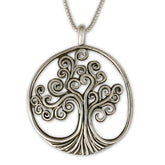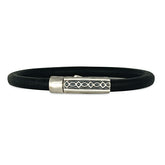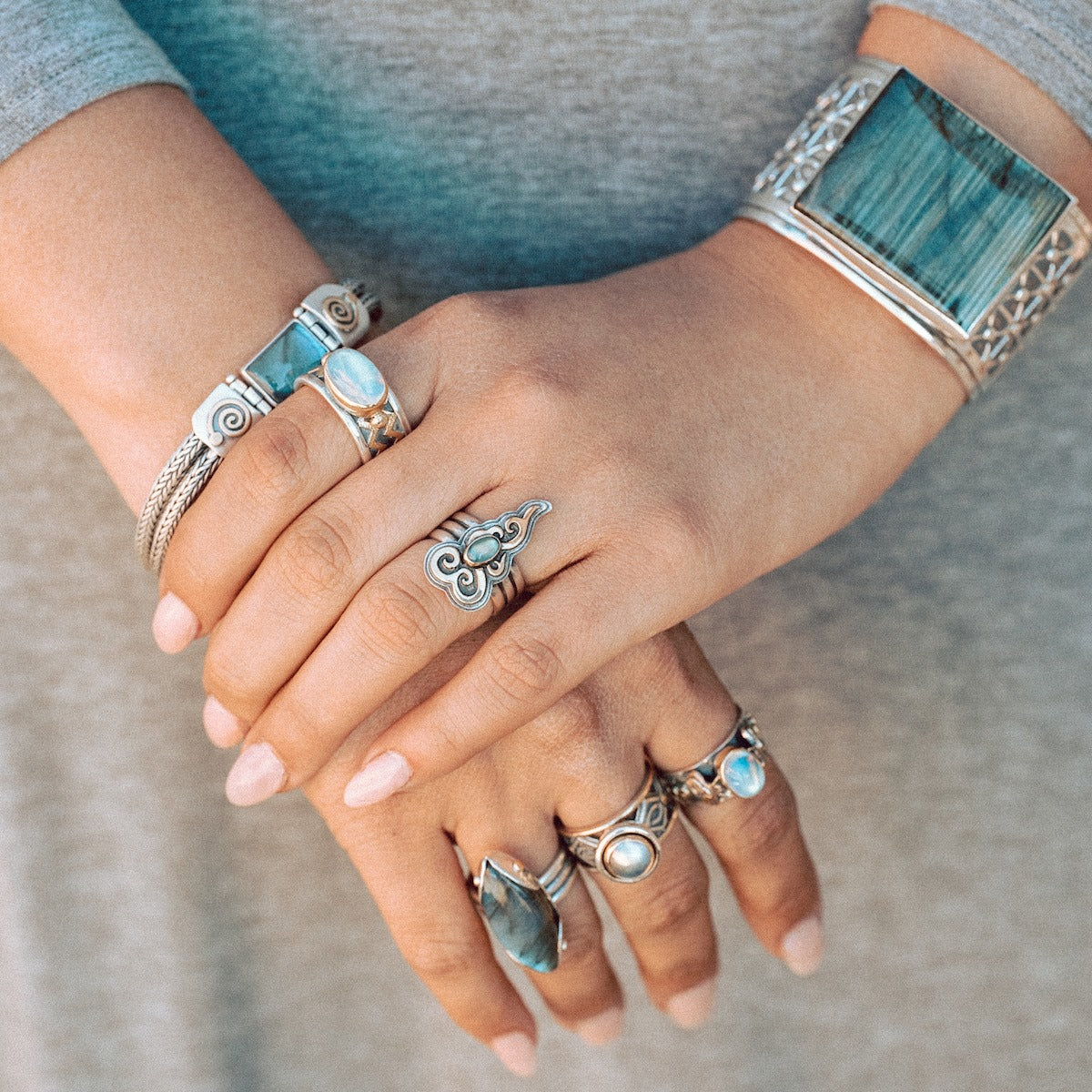Easter: A Marriage of Cultures
When most Americans think about Easter, they think about the Great Easter Bunny, distributing toys, candy and gifts to the little ones, while others think of it as the Day that Christ was resurrected and eventually re-ascended to Heaven. Yet the history and lore of Easter is far richer than either of these two paradigms.
Easter reaches far back into pre-history and into our very hopes and dreams surrounding love, wealth, fertility and prosperity. The name ‘Easter’ seems to originally be derived from the proper name of Oestre or Eastre which is the name of an ancient Saxon fertility Goddess, often thought of as ‘The Great Mother’. Modernly referred to as Ostara, she is a Goddess of beginnings, fertility and Spring ; thus her time was at the Dawning of the day. As the Saxon peoples spread out and diversified, their influence and customs affected groups as far west as the British Isles and as far east as the Magyars in Eastern Europe, well into the Dark Ages.
The ancient art of Pysanka in the Ukraine is an ancient Spring rite originally dedicated to a sun god called Dazhboh, in honor of the renewal of life and prosperity after a cold, hard winter. In pre-Christian times, the creation of pysanka was thought to directly correspond to the survival of the world. Literally, if not enough were made, a giant serpent would be unleashed and cause destruction and havoc over all the world. A newer version blending in Christianity tells how the Virgin Mary gave eggs to the soldiers of the cross. She entreated them to be less cruel to her son and she wept. The tears of Mary fell upon the eggs, spotting them with dots of brilliant color. Still another tale, tells of Simon the peddler, who helped Jesus carry his cross on the way to Calvary. He had left his goods at the side of the road, and, when he returned, the eggs had all turned into intricately decorated pysanky. Pysanky were thought to protect households from the evil eye, evil spirits, catastrophe, lightning and fires. Pysanky were believed to hold powerful magic and their misuse could cause sickness, famine and death.
Many Pysanky utilized designs we often think of as Celtic. The spiral was a favorite and often thought of as exceptionally powerful. Modern pysanky are often decorated with floral and animal designs along with Celtic knotwork. this shows the influence of Celtic design into Eastern European areas and even into Russia itself.
Most Pagan religions in the Mediterranean area had a major seasonal day of religious celebration at or following the Spring Equinox. Cybele, the Phrygian fertility goddess, had a consort, Attis, who was believed to have been born via a virgin birth. Attis was believed to have died and been resurrected each year during the period of the seasonal shift into Spring. It is not surprising then that the early Christian church would select this time to celebrate perhaps their greatest tale of rebirth, renewal and resurrection. In the early church times, more conversion was accomplished with the application of honey than by the sword. It was relatively easy to convince otherwise pagan people to simply add in at first the tenets of this new religion and over time, eventually eschew the remnants of their formerly pagan lives.
While Easter is not a specifically Celtic or Irish tradition, it has been celebrated in these lands for quite some time. In pre-Christian times as part of the various Spring rites and traditions of the ancient Celts and more modernly with the heavy Christian influence which permeates the British Isles today. At Easter celebrations all around the world, it is easy to see the remnants of older belief systems side by side with the newer Christian elements, creating a blending of cultures allowing the new and the old to exist relatively seamlessly or at least tolerably with each other.
The more recent controversy of those extremists holding more virulent, evangelical views is a dis-service in my opinion, to the otherwise rich history of Christianity and those cultures it has touched and influenced over the years. Christianity was not created in a vacuum, but was brought together by diverse groups of people who voluntarily (at least originally) chose to look at life through the teachings of Christ, under a single god, rather than a pantheon which required regular tribute.







